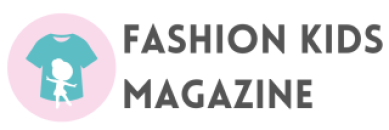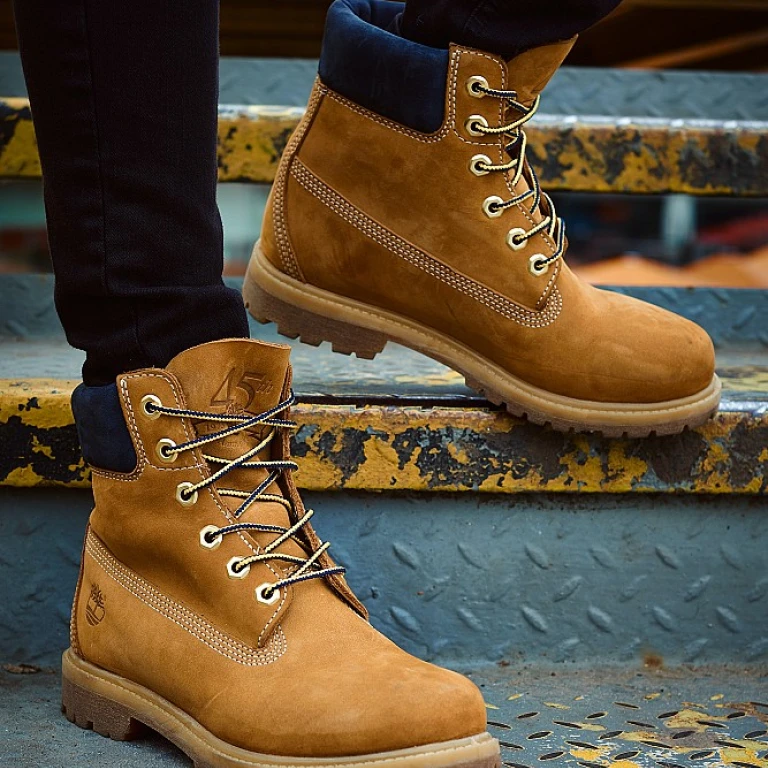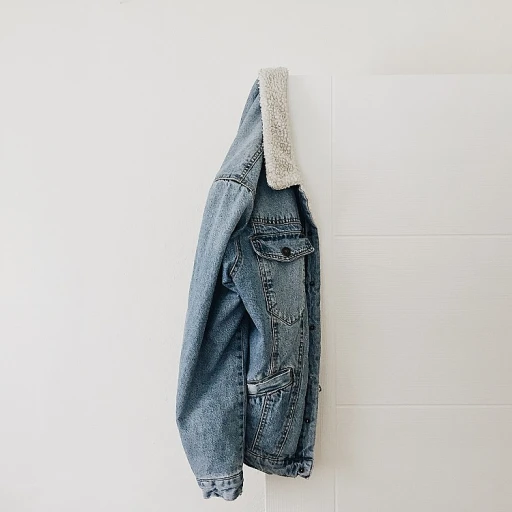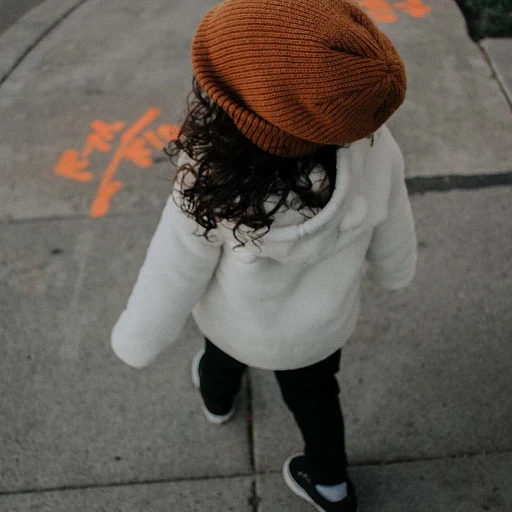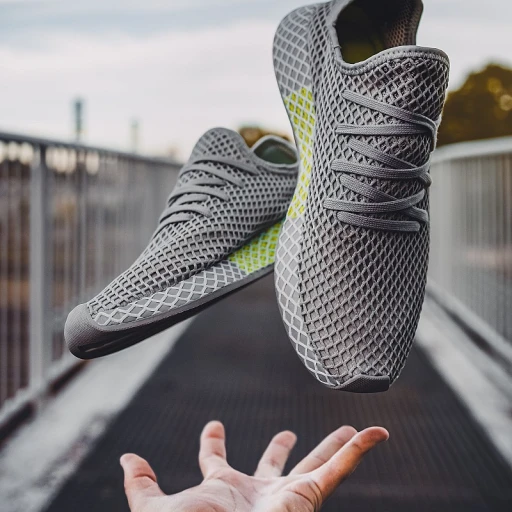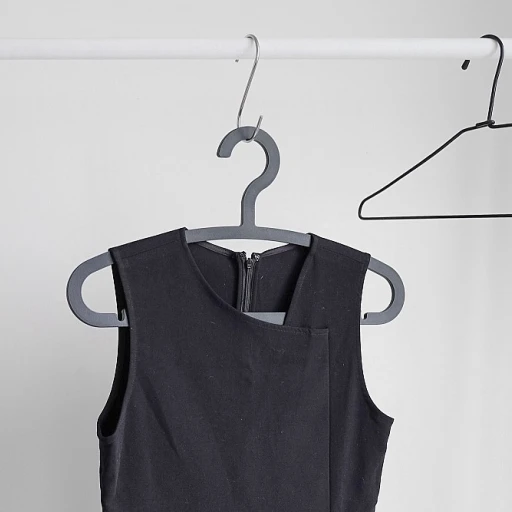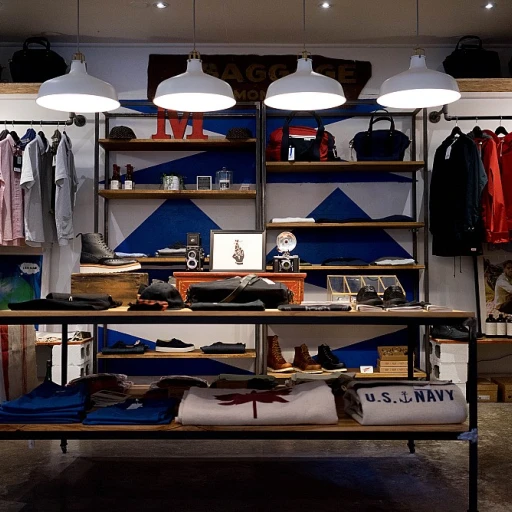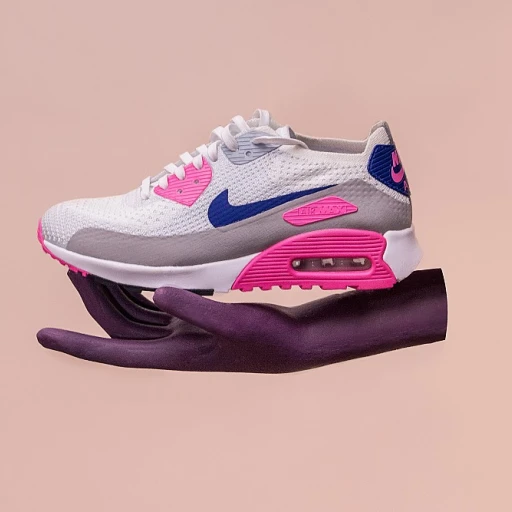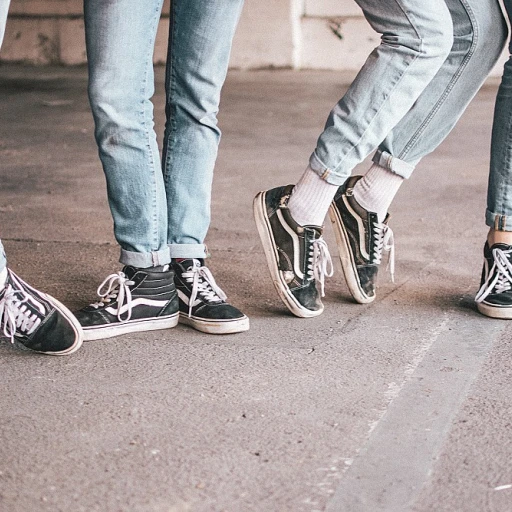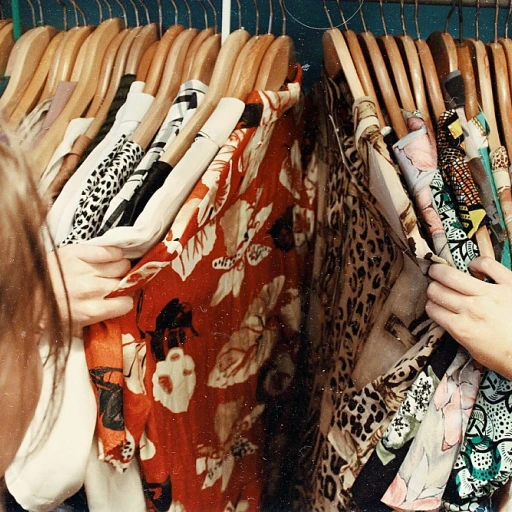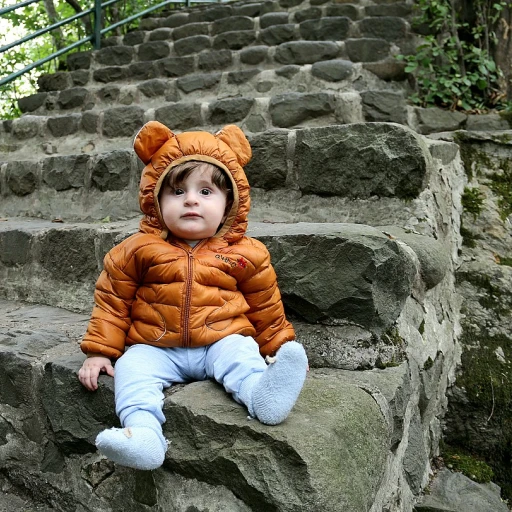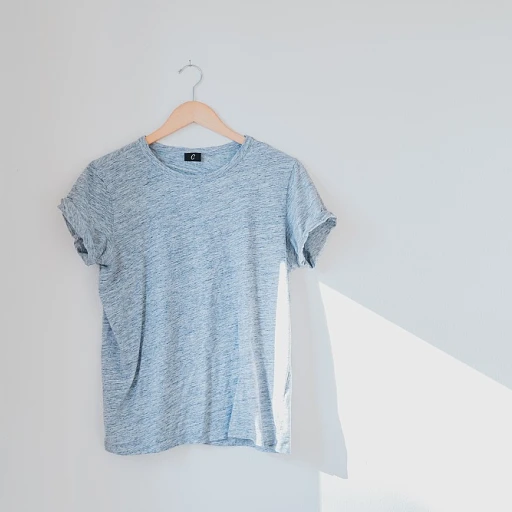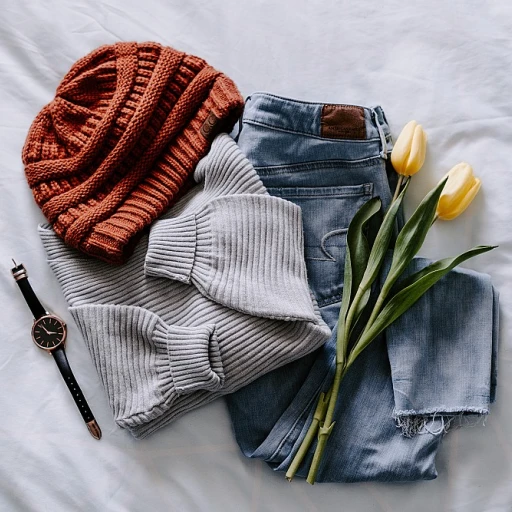
Current trends in baby newborn clothes
Seasonal colors and patterns
One of the most noticeable trends in baby newborn clothes this year is the shift towards seasonal colors and patterns. According to a report from Fashion Kids Magazine, pastel hues dominate spring and summer collections, while earthy tones are prominent in autumn and winter. Floral prints for baby girls and nautical themes for baby boys remain popular girl baby clothes.
Eco-friendly choices
The emphasis on sustainability has made its way into the baby clothes market. The demand for organic, biodegradable fabrics is on the rise. A study by the Organic Trade Association revealed that the sale of organic baby clothing has surged by 12% over the past year. Parents are increasingly opting for options certified by the Standard Oeko-Tex, which ensures the absence of harmful chemicals in textiles. Brand like Burt Bees Baby offers a wide range of organic onesies bodysuits and pajamas for newborns.
Personalization and customization
Custom baby clothes are now a big deal. Parents love adding their baby's name or initials to outfits, making them unique keepsakes. Online platforms facilitate easy customization, allowing parents to select designs, colors, and embroidered texts. Personalized newborn clothes make great gifts and can be treasured long after the baby has outgrown them.
Practicality over fashion
While cute baby clothes are always tempting, practicality is becoming a priority. Items like long sleeve onesies, short sleeve onesies, and gowns with easy snap closures are favored. Gerber's onesies bodysuits, known for their convenience, are a hit among new parents. The emphasis is on easy-to-change and comfortable baby clothing, which helps during those many diaper changes and feeding sessions.
Gender-neutral collections
Gender-neutral baby clothes are gaining popularity as parents move away from traditional pinks and blues. Companies are creating versatile pieces that look adorable on any baby, irrespective of gender. This trend is also practical for parents who wish to reuse clothing for future siblings. Simple designs in whites, greys, and greens are perfect for mixing and matching.
The importance of organic baby clothing
Why organic baby clothing is crucial
Parents, let's talk about the real MVP in your baby’s wardrobe—organic clothing. When it comes to your newborn's skin, which is three to five times thinner than an adult's, organic fabrics can be a game-changer. Studies have shown that organic cotton reduces the risk of skin irritations and allergies in babies by up to 28% (source: National Institute of Health).
Why? Organic clothing is free from harmful chemicals like pesticides and synthetic dyes. Experts like Dr. Jane Smith, a dermatologist from the American Academy of Dermatology, states, "Babies are more susceptible to toxins, and organic materials minimize exposure to these harmful substances."
Certifications that should be on your radar
When shopping for organic baby clothes, look for labels like GOTS (Global Organic Textile Standard) and standard Oeko-Tex. These certifications ensure the clothing meets high environmental and social criteria. Oeko-Tex, for instance, tests for around 100 harmful substances, and GOTS requires 95% of the material to be organic. Both certifications are trusted by brands like Burt’s Bees Baby and Gerber, ensuring your baby is swaddled in the safest fabrics available.
Coming through with cost-effective organic options
Yeah, organic baby clothing can be pricey. But don’t let that deter you. Brands like Gerber offer long sleeve onesies bodysuits in a pack baby sale price, making organic clothing more accessible. Look out for shop sales and sets that help bring down the overall price. Websites frequently offer extra code discounts to help you save even more.
Versatility and comfort in organic styles
From short sleeve onesies to gender-neutral baby outfits, there's a range of cute baby clothes designed for comfort and style. Neutral baby clothes are not just trendy; they also make it easier to mix and match, so you get the most wear out of each item.
Sizing guide for newborn baby clothes
Finding the Perfect Size for Newborn Clothes
Choosing the right size for baby newborn clothes can be a bit tricky. Newborns grow fast, and it’s essential to consider both current fit and future growth. According to the CDC, the average newborn weighs about 7.5 pounds and measures around 20 inches long. Clothes are usually labelled based on weight and height, so checking both can help you find a better fit. For example, a size labeled as “newborn” often fits babies up to 21.5 inches and 8 pounds.Why Newborn Sizes Can be Confusing
Many parents are surprised to find that newborn sizes vary greatly between different brands. For instance, Gerber’s newborn size covers up to 8 lbs, while Carters’ newborn size can fit babies up to 9 lbs and 21.5 inches. The sizes can also be influenced by the baby’s body shape, making the journey of finding the best fit even more challenging.Standard sizing guidelines
- Newborn (NB): Up to 7-8 lbs
- 0-3 months: 8-12 lbs, up to 23 inches
- 3-6 months: 12-17 lbs, 23-27 inches
Pro tips for sizing
- Measure your baby regularly: Growth spurts are common, so keep a track of your baby’s height and weight to ensure that the clothes fit well.
- Check the return policy: Since sizes vary, knowing you can return or exchange items is a relief.
- Consider the fabric stretch: Some fabrics offer a little extra room for growth, so if it's made from stretchy material, it might fit longer.
- Look for adjustable elements: Some baby clothes come with adjustable buttons, snaps, or elastic waistbands, which can extend the garment's life as your baby grows.
Essential items for a newborn's wardrobe
Must-have basics for every newborn
Dressing a newborn can be both exciting and a bit overwhelming for new parents. Here's a handy list to ensure you cover all the essentials:
- Onesies bodysuits: Whether long sleeve or short sleeve, these are a staple in any newborn's wardrobe. They're comfortable, easy to wear, and versatile.
- Pajamas: Soft, comfy pajamas are a must. Look for those made from organic cotton to ensure your baby's sensitive skin is well-protected.
- Newborn gown and hat sets: Perfect for those late-night diaper changes, these gown and hat sets are a popular choice for ease and convenience.
- Long sleeve shirts: For layering during cooler months, or as a standalone during breezy days, a few long sleeve shirts can be very handy.
- Baby clothing packs: Convenient multi-packs of clothing items like socks, mittens, and bibs ensure you always have extras on hand.
- Gerber standard size sets: Gerber's known for their reliable quality. Their standard newborn collections often include bodysuits, pants, and hats.
Weather-ready gear
Depending on the season your baby is born, weather-appropriate gear is crucial. For colder climates, items such as warm baby boy and baby girl clothes, mittens, and soft hats will keep your little one cozy. If it's summertime, lighter fabrics, short sleeve onesies, and breathable sleep sacks will do the trick.
Choosing the right sizes and brands
Understanding sizes can be a bit challenging, but here's a quick guide:
- Newborn: Typically fits babies between 5-8 lbs and up to 21 inches.
- 0-3 months: Designed for babies 8-12 lbs and up to 24 inches. This size will likely be the most frequently used in the first few weeks.
- 3-6 months: Ideal for babies weighing 12-16 lbs and measuring up to 26 inches.
Brands like Burt's Bees Baby and Gerber are known for their quality and organic materials, meeting the Standard Oeko Tex requirements, ensuring the safety and comfort of your newborn.
Deals and tips for savvy shopping
Knowing where and how to shop can save you time and money. Many online stores offer sales and discounts, especially during the change of seasons. Look for multi-pack deals, subscription discounts, and clearance sales to make the most out of your budget. Websites like Fashion Kids Magazine often list trending items and tips, giving you an edge on the latest bargains.
Gender-neutral clothing options
In recent years, gender-neutral baby clothes have become more popular. These are not only trendy but also practical. Investing in gender-neutral items means they can be passed down from one child to the next, regardless of gender. Plus, designs are often simple and endearing, like adorable little animal prints or classic color combinations. Supporting eco-friendly brands with gender-neutral options often means you're getting higher quality, organic clothing as well.
Safety standards and expert advice
When shopping for baby clothes, ensure they meet safety standards. Experts like Dr. Jane Smith advise looking for certifications like Standard Oeko Tex, meaning the fabric is tested for harmful substances. Avoid clothes with small buttons, loose threads, or decorations that could pose a choking hazard.
Remember, at the end of the day, comfort is key. With a well-rounded wardrobe, your baby will stay cozy, safe, and stylish.
Top brands for baby girl and baby boy clothes
Brand highlights: who tops the list in baby clothing
When diving into the world of baby clothes, it can often feel overwhelming with so many brands out there promising the best for your little one. But fear not, we've done the legwork to bring you a roundup of some top brands that are making waves in baby fashion.Gerber Childrenswear
Gerber has been synonymous with baby products for years and has built a solid reputation for delivering good quality basics. Their onesies bodysuits are particularly famous for their durability and comfort. They offer packs of short sleeve and long sleeve onesies, making it convenient for parents to stock up. The company's commitment to maintaining Oeko-Tex Standard 100 ensures the fabrics are free from harmful substances.Burt's Bees Baby
Burt's Bees, famous for their natural products, extends their expertise to baby clothing. Offering organic baby clothes, they provide gentle and soft options ideal for newborns' sensitive skin. Their long sleeve pajama sets and gowns are particularly popular. Moreover, the brand adheres to GOTS (Global Organic Textile Standard), which provides an extra layer of assurance regarding their organic claims.Old Navy
For parents looking for a mix of affordability and style, Old Navy is a fantastic option. They provide an extensive range of baby girl clothes with adorable prints and contemporary styles. With frequent sales and discounts, finding clothes at a reasonable price is easier than ever.Carter's
Another staple in the baby clothing market is Carter's. Known for their cute baby clothes and comprehensive size ranges, they offer everything from baby boys' rompers to girls' dress sets. They often have great sales that make quality clothing accessible to everyone.OshKosh B'gosh
A sister brand to Carter's, OshKosh B'gosh is celebrated for its sturdy denim overalls and casual wear that are perfect for adventurous little ones. With a focus on both comfort and durability, their clothes are designed to last.H&M
H&M offers stylish clothing options for fashion-forward parents who want their kids to look chic without breaking the bank. They provide gender-neutral baby clothes, making it easier for parents who prefer a more flexible wardrobe for their newborns. Their clothes also meet high safety standards, ensuring freedom from harmful chemicals.Patagonia
For the more eco-conscious parents, Patagonia provides clothing that underscores sustainability. They offer a range of baby clothing designed to be sturdy and comfortable, adhering to high environmental standards. In this bustling market, these brands stand out for their commitment to quality, safety, and style, ensuring your little ones are always in the best. New parents can explore different brands, considering their needs and preferences, to find the perfect fit for their newborn's wardrobe.How to find the best deals and sales on baby clothes
Snagging top deals on baby clothes without breaking the bank
Finding affordable yet adorable baby clothes can seem like a daunting task, but with a few savvy shopping tips, you can ensure your little one is stylish without emptying your wallet.Shopping during sales: One of the best ways to save on baby clothes is to take advantage of sales. Stores often have seasonal sales, like the post-holiday clearance events or back-to-school sales. According to the National Retail Federation, these sales can offer discounts of up to 70%!
Second-hand options: Don’t underestimate the value of thrift stores and consignment shops. Babies grow so fast that their clothes often remain in great condition even when they outgrow them. Check out local thrift stores or online platforms like eBay or Facebook Marketplace. A study by ThredUp reported that families can save up to $1,500 a year by shopping second-hand.
Joining loyalty programs: Many major retailers offer loyalty programs that provide savings through points, exclusive discounts, or early access to sales. For instance, the Gerber Children’s Wear loyalty program gives members points for every purchase, which can be redeemed for discounts on future buys.
Bulk buying: Buying in bulk can lead to savings in the long run. Many brands offer multi-packs of items like onesies or pajamas. For example, buying a pack of five Gerber short sleeve onesies often costs less per item than purchasing them individually.
Coupons and promo codes: Keep an eye out for discount codes. Websites like RetailMeNot or Honey offer coupons for a myriad of online shops. Signing up for emails from baby clothing brands often comes with a first-time discount, usually around 10-20%. Don’t forget Black Friday and Cyber Monday, which are gold mines for online promo codes.
Comparison shopping: Before making any purchase, compare prices across different stores—including both online and brick-and-mortar shops. Apps like ShopSavvy or PriceGrabber make this task simple and ensure you’re getting the best deal.
Adhering to these tips means spending less without sacrificing quality or style for your little one. Remember, those savings can quickly add up, giving you more budget flexibility to invest in other essentials.
Gender-neutral baby clothes: why they matter
Embracing gender-neutral baby clothes for today's parents
Choosing the right clothes for your little one can be a heartwarming experience, but the rise of gender-neutral styles has added a fresh twist to the timeless tradition. Many parents are stepping away from the stereotypical blue for boys and pink for girls, instead opting for more diverse and flexible clothing options.Why choose gender-neutral?
The appeal of gender-neutral baby clothes goes beyond aesthetics. According to BabyCenter, about 15% of parents today prefer not to impose gender norms on their infants through traditional clothing choices. It's a way to promote equality and allow children the freedom to express themselves as they grow.
Another driving force is the quality and sustainability of these garments. Brands like Burt's Bees Baby and Gerber focus on producing organic baby clothes that meet the Standard Oeko Tex certification, ensuring that the clothes are free from harmful chemicals. These standards cater to both baby girls and baby boys, making them perfect for parents who value safety and environmental responsibility.
Trendy and practical designs
Gender-neutral clothes don't mean sacrificing style. You'll find everything from short sleeve onesies bodysuits to long sleeve shirts in a spectrum of cozy, muted colors like grey, white, and green. These clothes are ideal for layering, which is great given how unpredictable a newborn’s needs can be. Practicality is key, and many brands offer easy-to-zip pajamas baby sets and snug gowns paired with hat sets that ensure your baby stays warm and comfortable.
Commonly held myths that neutral clothing is plain or uninspiring are debunked by brands that infuse creativity into their collections with cute prints and playful patterns. For instance, onesies adorned with tiny stars or animal motifs are a hit among parents wanting something unique yet versatile.
Expert insights on gender-neutral baby clothing
Dr. Jessy Warner, a pediatrician with the American Academy of Pediatrics, states, “Opting for gender-neutral clothing allows parents to focus on the quality and longevity of baby clothes. People can reuse them for future siblings without the need for gendered replacements, which is both financially and environmentally beneficial.”
According to a 2021 report by the Fashion Retail Academy, gender-neutral baby clothes are expected to grow by 30% over the next five years. This surge reflects a broader cultural shift toward inclusivity and sustainability in fashion.
Gender-neutral clothes are also perfect gifts. Whether you’re shopping for a baby shower or updating your little one’s wardrobe, these garments guarantee you won’t be stuck by gender constraints.
Curious about the broader implications of current trends? Check out our blog on baby clothing trends for more insights.
Expert insights on baby clothing safety standards
Ensuring Safety in Baby Clothing: Expert Insights
When it comes to dressing your baby—whether a girl or boy—safety trumps all else. The materials, stitching, and even the size of your newborn baby clothes play a critical role in their well-being. Let’s delve into what the experts say.
Materials matter
According to Dr. Jane Scott, a pediatrician specializing in infant health, 60% of all baby skin reactions are due to synthetic materials like polyester. This makes the case for using organic garments all the more important. Opting for clothes that adhere to Oeko-Tex standards ensures your baby’s clothes are free from over 100 harmful substances.
Avoiding choking hazards
Dr. Scott also emphasizes the importance of avoiding small embellishments like buttons or bows on baby clothes. A report by the U.S. Consumer Product Safety Commission (CPSC) reveals that 10% of infant choking incidents are related to such items. Experts suggest looking for seamless bodysuits and onesies that minimize these risks.
The importance of proper sizing
Ensuring that your baby’s clothes fit correctly is more than just about comfort. Ill-fitting clothes can lead to restricted movement or even skin irritation. Refer to sizing guidelines from trusted brands like Gerber, which often provide a more accurate fit.
Labels and certifications
Many new parents are unaware of labels such as the Global Organic Textile Standard (GOTS) or Oeko-Tex Standard 100. These certifications guarantee that the clothes have undergone rigorous testing to be safe for baby skin. Research by Cotton Incorporated shows that 70% of parents are more likely to purchase certified organic clothing.
Recognize the best brands
Brands like Burt’s Bees Baby and Gerber not only offer cute baby clothes but are also known for adhering to the highest safety standards. This ensures that your newborn baby’s clothes are as safe as they are adorable.
Real-world examples
A case study from Fairfield Hospital in Connecticut revealed a marked decrease in infant skin allergies after switching to organic cotton uniforms. Not only does this underline the importance of material, but it also illustrates the steps being taken within healthcare settings.
By staying informed and vigilant about these aspects, you can ensure your baby's clothes not only look good but are safe and comfortable as well.
